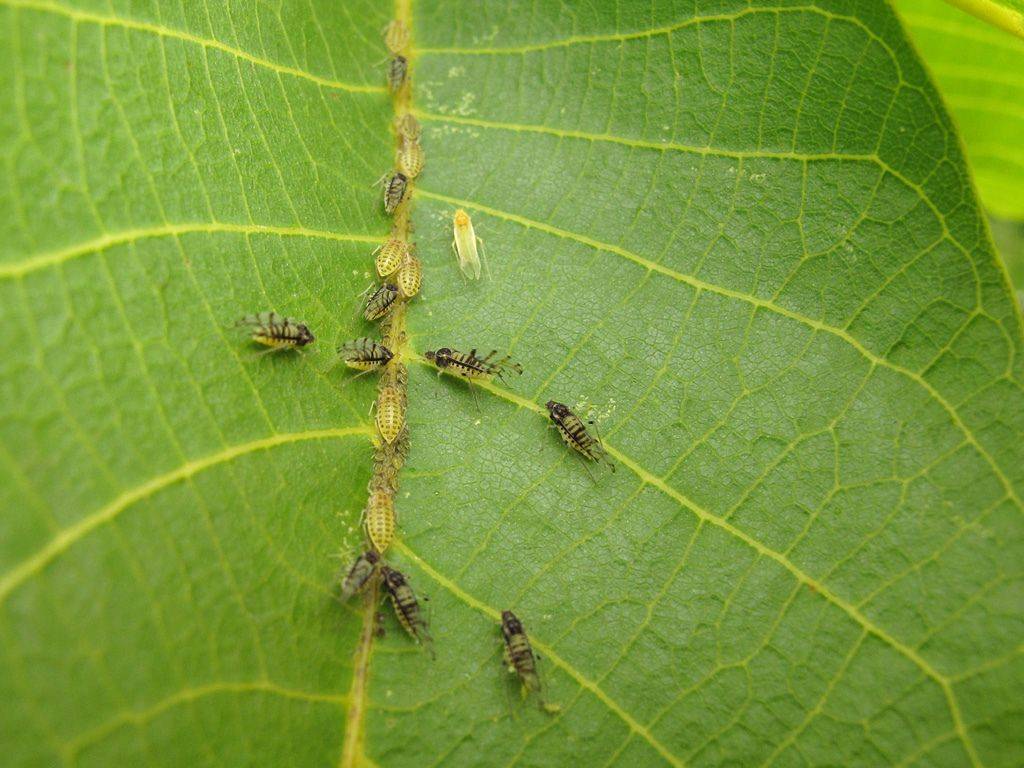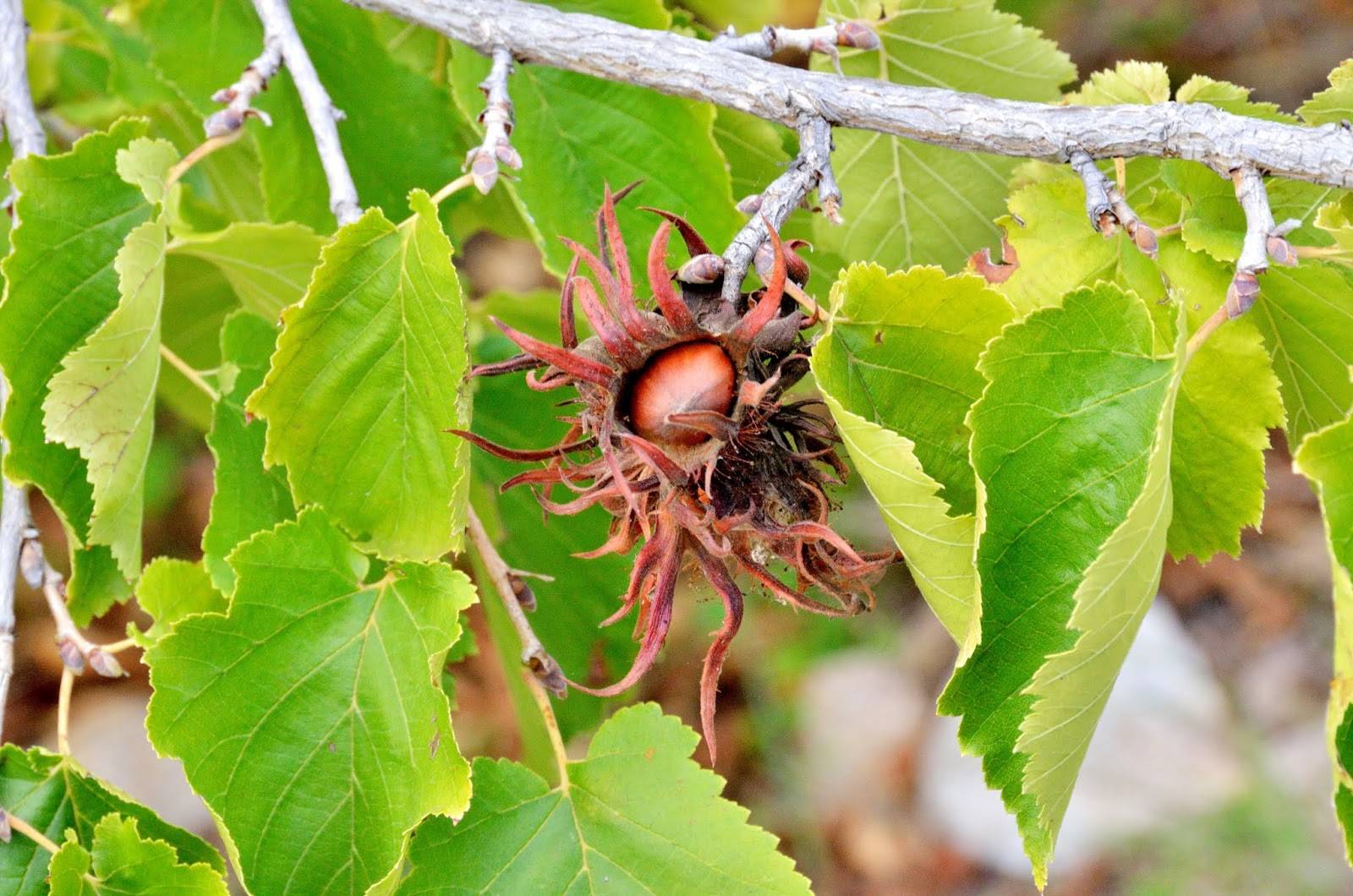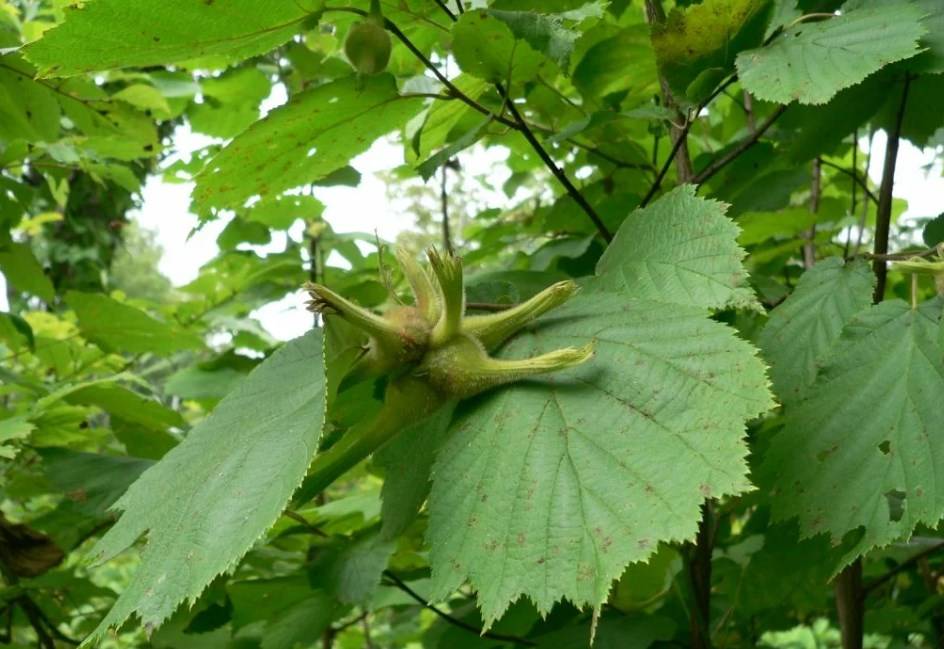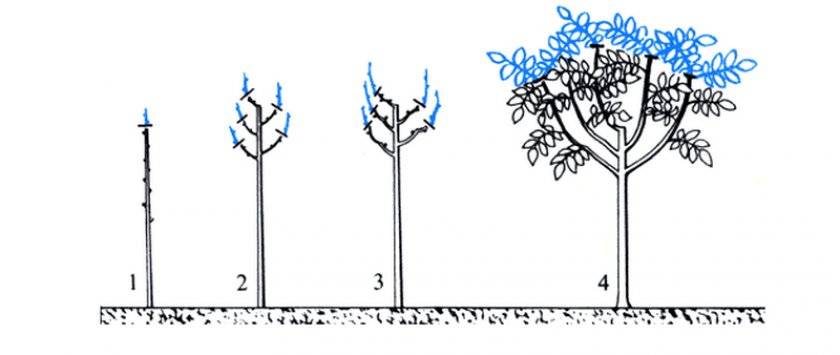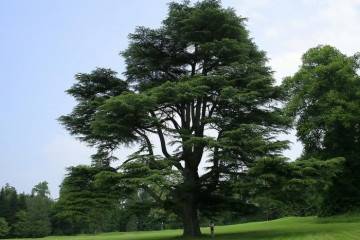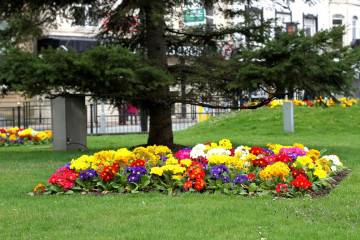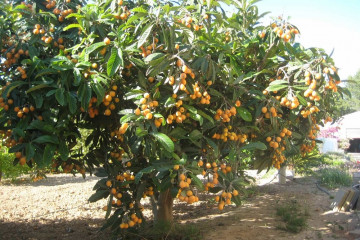Common hazel, walnut or hazelnuts - how to grow hazel in the country
Content:
Few people grow hazel on their backyards and summer cottages; gardeners are not sure whether it will bear fruit in such conditions. Subject to the agrotechnical rules, common hazel will annually bring a rich, tasty and, most importantly, healthy harvest. What is hazel - a tree or a bush, depends on the variety.
A brief history of the hazel genus: description and characteristics
Where does hazel grow? In Russia, hazelnut grows in the wild in the steppe and forest zones, in the North Caucasus, in coniferous-deciduous forests and in the southern taiga. Hazel is a representative of the Birch family. In the wild, the culture forms impassable thickets, this is due to reproduction by root suckers.
Many gardeners, especially beginners, wonder what hazel looks like. This is a bush or tree (depending on the variety), the height of which ranges from 2-5 m. The crone is characterized by an ovoid or spherical shape. The root system is well developed, it grows horizontally. The leaf plates are rounded with a pointed tip. The length reaches 12 cm, and the width is no more than 9 cm.
During flowering, male catkins and female flowers are formed on the bushes. For pollination, it is recommended to plant at least three plants close to each other. The hazelnut fruit is an inshell nut with green bracts, which are grouped in 3-5 pieces.
Features of the variety
Depending on the varietal affiliation, the crown can be formed like a shrub or tree.
Ripening period and yield
On young shoots, flowers with buds of the next growing season begin to form in the fall. When does hazel blossom then? With the onset of spring, the plant begins to bloom even before the leaves appear, a large amount of pollen attracts bees. You can harvest in late August - early September.
Taste qualities of nuts
It is recommended to start harvesting as soon as the fruits began to fall off on their own. After collecting, the nuts are placed in a dark and dry place to dry, which lasts 2-3 weeks. It is recommended to mix the decomposed crop daily.
The taste of the fruit is considered neutral and pleasant, there is no pronounced sweetness or bitterness, which is considered an indisputable advantage in cooking.
Beneficial features
Many people wonder what it is - hazel. Without exaggeration, we can say that this is a storehouse of useful vitamins, minerals, macro- and microelements. Useful properties for the human body:
- improves blood composition;
- helps with varicose veins;
- stimulates lactation during breastfeeding;
- stimulates the growth of hair and nails;
- normalizes blood pressure.
And these are far from all the useful properties that can be listed.
Drought resistance and frost resistance
In the first three years of life, the plant is most vulnerable to adverse weather conditions. During this period, it is important to provide the culture with regular and moderate watering, and also be sure to cover for the winter. Adult bushes are not afraid of either high or low temperatures. Frost resistance reaches -40 ° С.
Disease and pest resistance
Hazel and hazelnuts always suffer from the attacks of aphids and other specific insects. White rot, rust and powdery mildew cause the greatest damage to the crop.
The use of nuts in medicine
In medicine, nuts are used to treat varicose veins, as well as during the rehabilitation period after operations. This is due to the high calorie content and a large amount of fiber, minerals and vitamins.
Advantages and disadvantages of the variety
The main advantages of horticultural culture:
- unpretentiousness in relation to neighbors;
- grows well in partial shade conditions, undemanding to lighting;
- fast vegetative reproduction;
- excellent indicators of frost resistance;
- stable harvest.
Of the shortcomings, gardeners note a long wait for the first harvest when sowing with seeds (at least 5 years), as well as the susceptibility of seedlings for 3 years after planting.
What other types of hazel are
Today, there are about 20 varieties of walnut, which are cultivated in summer cottages exclusively in the open field. You should familiarize yourself with the most demanded and popular ones in more detail.
Tree hazel (lat.Corylus colurna)
This variety is also often called bear nut. In the wild, the plant grows in the North Caucasus in the mountainous belt. The culture can reach a height of 20 m. The life expectancy is about 200 years. The variety does not produce root suckers. The fruits are nuts with incredibly hard shells. The tree bears fruit at intervals of 2-3 years.
Various-leaved hazel (lat.Corylus heterophylla)
The bush reaches a height of no more than 4 m. Fruits are formed on thin legs, grouped by 2-3 pieces. The fruit wrapper has a green color, visually resembles a bell.
Manchurian hazel (lat.Corylus mandshurica)
This variety of hazel is also called Siebold. The shrub reaches a height of 4.5 m. A characteristic feature is the unusual shape of the pericarp of nuts: it is tubular, strongly elongated up to 6 cm, which somewhat complicates the extraction of fruits. The culture has been cultivated on personal plots since 1882. The frost resistance indicators are up to -45 ° С.
Red-leaved hazel (Corylus atropurpurea)
A characteristic feature of the variety is the purple leaves. The bush reaches a height of 3 m. It was bred in Great Britain back in 1836. It is in great demand not only for its healthy and tasty fruits, but also for its excellent decorative qualities. Frost resistance up to -29 ° С
Large hazel (lat.Corylus maxima)
Lombard walnut in height can reach from 3 to 10 m. Fruits in rather large nuts, which are enclosed in a tubular wrapper of green or red color. The leaf plates can also be burgundy or dark green in color.
Planting common hazel in the garden and care
To plant a nut correctly, you need to choose a spacious and well-lit area. It grows on all types of soils, but wetlands and sandy places are especially liked.
The most favorable time for planting is autumn, but you can plant it in spring as well. For group plantings, the interval between plants should be at least 5 m. For abundant fruiting, at least three hazel bushes should be planted on the site.
After planting, in order to grow a healthy and fruitful plant, it must be regularly and moderately watered, fed, weeded, treated against diseases and pests, and also formed a crown during the cutting of hazel. It is important not to forget to loosen the soil of the periosteal circle and water the plants, especially with the arrival of heat. Adult hazel does not need special care, it is necessary to continue the formation and thinning of the crown for abundant fruiting and prevention of the development of fungal diseases.
It is impossible to answer unequivocally why hazel hazel does not bear fruit, since there may be several reasons for this. The main reasons why there are no nuts on hazel are the young age of the plant, non-observance of the rules of agricultural technology, damage to the bush / tree by diseases or pests.
Planting and caring for common hazel do not have specific requirements and features. The main thing is to carefully familiarize yourself with the complex of measures how to care for and draw up a schedule for their implementation.

